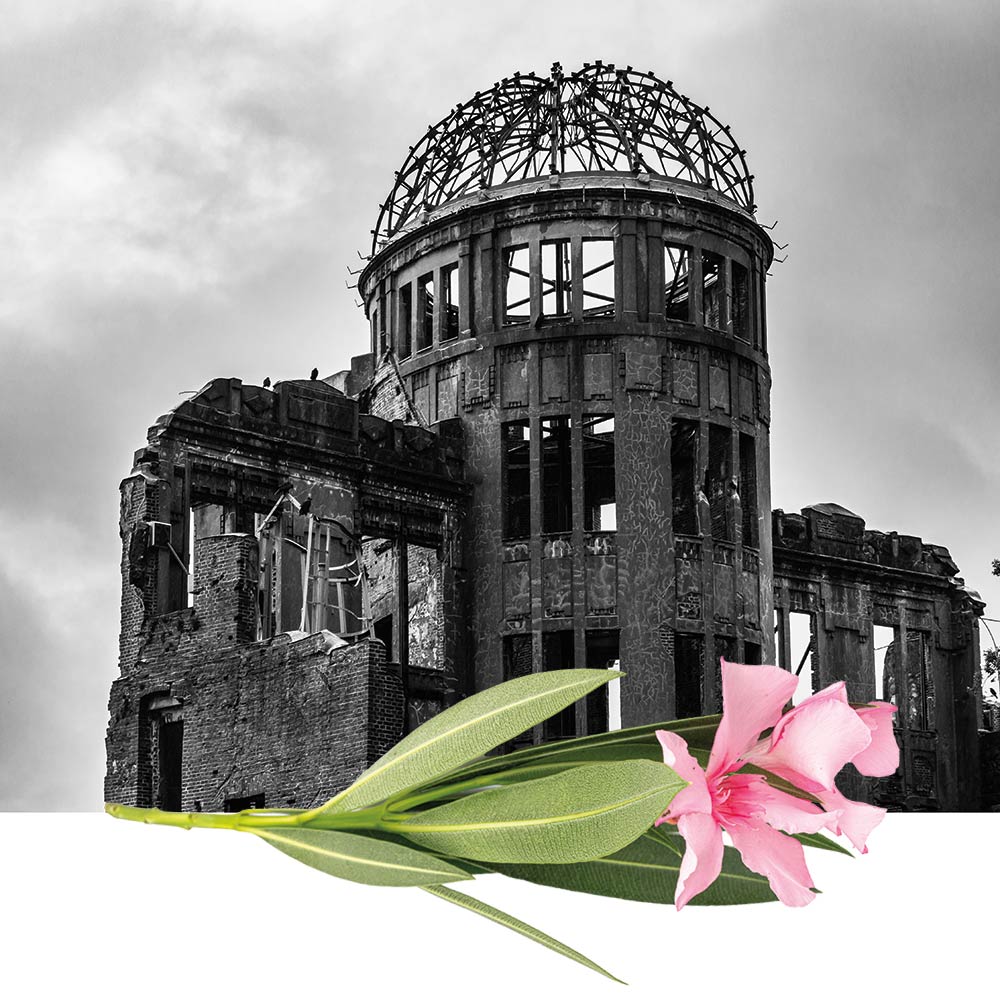
The Hiroshima Peace Memorial (Genbaku Dome) was the only structure left standing in the area where the first atomic bomb exploded. The bombing of Hiroshima left the trees that survived (hibakujumoku) black and the ground scorched. Oleander was the first flower to bloom amidst the recovery. Now the city flower of Hiroshima, oleander is seen as a symbol of hope and resilience, blooming annually before August 6 Peace Memorial Day.
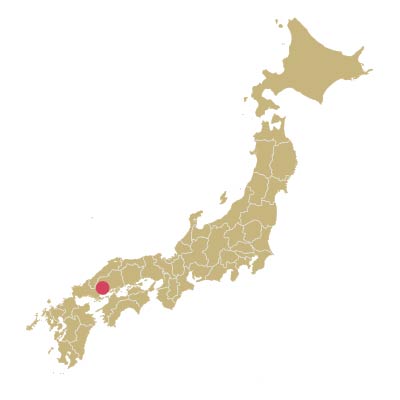
Finding Beauty Amid Destruction
Students travel to Hiroshima, Japan, to learn lessons from the past.
August 6, 1945: a day that changed history. B-29 bomber Enola Gay dropped an atomic bomb on the Japanese city of Hiroshima, setting in motion the Japanese surrender in World War II. That moment of devastation remains a central focus in the study of peace, even 79 years later.
As the annual anniversary approached, the Baker Institute for Peace and Conflict Studies provided funding for Juniata students and faculty to attend the Hiroshima and Peace Summer Program at Hiroshima City University. The program offers visiting students information and insights on the historical impact and human tragedies of the bombing.
Baker Institute Director Zia Haque introduced the opportunity to students in his spring Introduction to Conflict Resolution course. After a competitive process, two peace studies students, Ashley Meza ’27 and Jack Polglaze ’27, and a politics student, Sage Winters ’27, were selected to participate. The Baker Institute funded the travel program to foster academic and personal development of students and reinforce their shared commitment to global peace.
"The lectures truly deepened my understanding of the gravity and significance of that tragic August day in Hiroshima in 1945. The friends and professors we met during this program profoundly shaped our connection to the place we were studying.
This experience taught us not only the importance of peace but also the beauty of culture, the value of laughter, and the strength in community."Jack Polglaze ’27
"Learning about Hiroshima truly puts the horrific events of the past into perspective.
Hiroshima is much more than a city that was bombed; it is a thriving place filled with wonderful people. Meeting and creating memories with students not only from Japan, but from around the world, was an amazing experience. Exploring the city and sharing meals with other students were some of my favorite moments."Ashley Meza ’27
"The people made this experience unforgettable.
Learning about the catastrophic events of the Hiroshima and Nagasaki bombings was emotionally challenging, but everyone involved in the program was incredibly kind and supportive. The passionate lecturers helped us gain a deeper understanding of what really happened during the bombings. Visiting the Peace Memorial Museum was eye-opening, as we read numerous survivor accounts and, through our program, heard the testimony of Keiko Ogura, a hibakusha."Sage Winters ’27
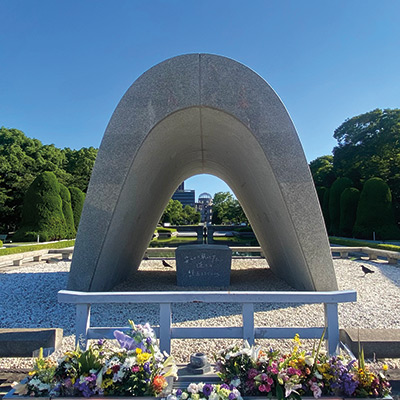
The Cenotaph Memorial at Hiroshima Peace Memorial Park is dedicated to the legacy of Hiroshima as the first city in the world to suffer a nuclear attack at the end of World War II.
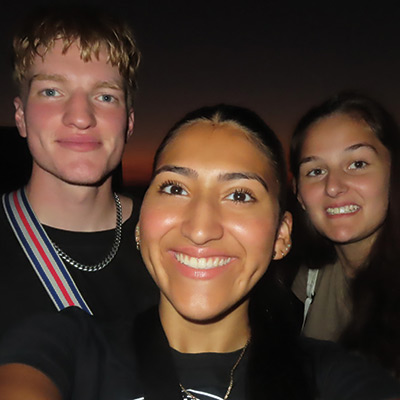
(L–R): Jack Polglaze ’27, Ashley Meza ’27, and Sage Winters ’27
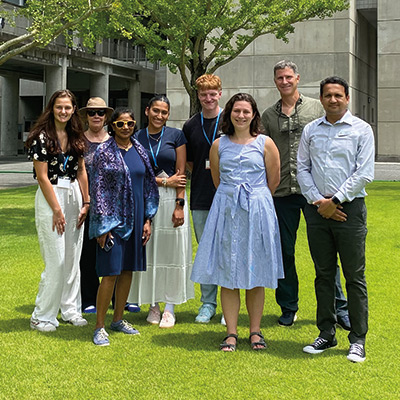
(L–R): Sage Winters ’27, Alison Fletcher, Uma Ramakrishnan, Ashley Meza ’27, Jack Polglaze ’27, Kaitlyn Granger ’21, Jim Borgardt, and Zia Haque.